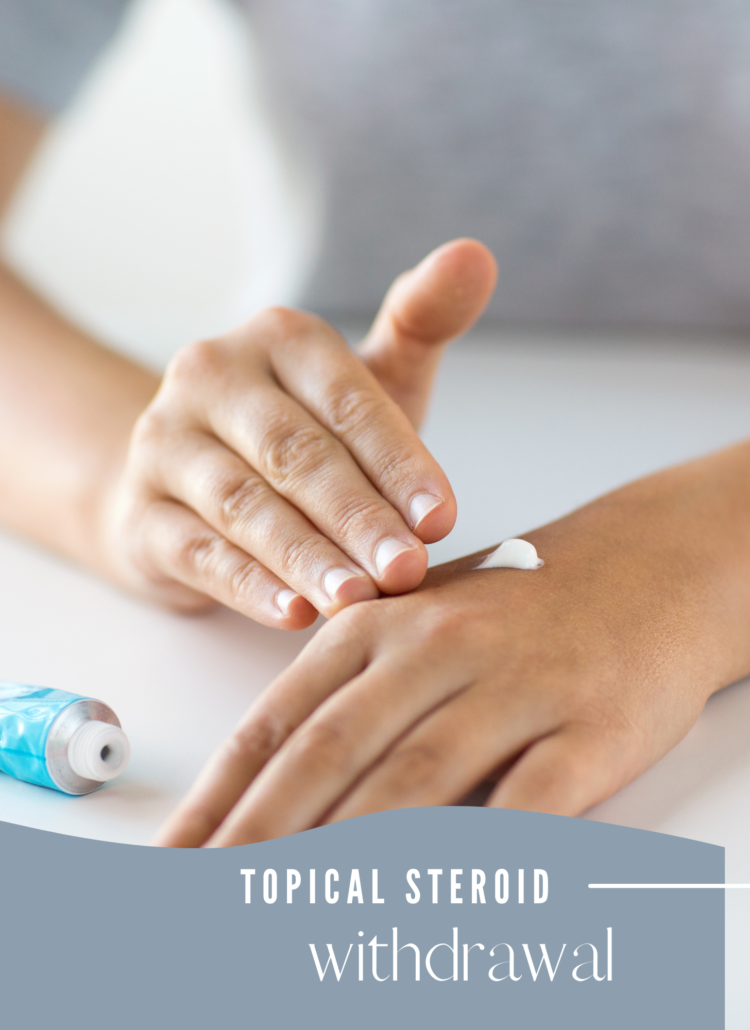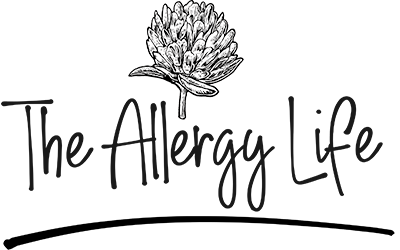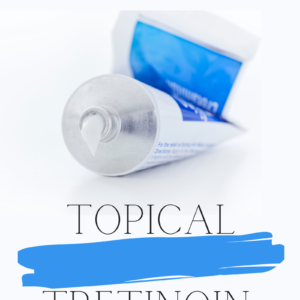
What is Topical Steroid Withdrawal, and what is ACD? These are two very complicated questions. I just spent 20 minutes looking through pictures of Topical Steroid Withdrawal. I saw pictures of its effects on babies through grandmas. Whew. Heavy. My heart broke. But also, my heart swelled with an appreciation for the dr who discovered my allergic contact dermatitis. I could easily be one of the Topical Steroid Withdrawal patients suffering through a horrific steroid withdrawal. I had been prescribed topical steroids so often over the last 20+ years throughout my allergic contact dermatitis journey.
My dermatitis struggles began with terrible eyelid dermatitis. Multiple dermatologists had told me to stop wearing eye makeup and to start using a prescription steroid cream. Easy fix, I can recall them saying.
Topical Steroid Use
I want to send you a word of encouragement for your Allergic Contact Dermatitis journey. If you’ve been given a topical steroid cream and a wink of how you’ll be just fine. Stop. Right. There.
First and foremost, find a dermatologist specializing in allergic contact dermatitis at www.contactderm.org and request nothing less than a NAC80 Patch Test containing a minimum of 80 patches. This can go a long way in helping you understand precisely what is acd. You can read more about my journey with diagnosis here and more info about Allergic Contact Dermatitis here. I also wrote a detailed post about patch testing that I encourage you to read.
What is Topical Steroid Withdrawal?
Topical Steroid Withdrawal, TSW, as described by DermNet NZ , is a severe reaction to topical steroid cream after its use has been discontinued. This reaction can occur after moderate to frequent use of topical corticosteroids. Patients who have this will most generally have red-burning skin patches and even rashes. They’re extremely painful.
About Topical Steroid Withdrawal
A 2015 National Eczema Association study concluded that topical steroid withdrawal is an effect of prolonged, frequent use of topical steroids. The study concluded this primarily occurred in adult women. According to this study conducted in 2017, topical steroid withdrawal also occurs in children and can result from stopping topical steroids used for as little as 2 months. These withdrawal symptoms can last for more than 12 months, even with such a short duration of use. The study cautions caregivers on the possible adverse effects of topical steroids in children.
The duration of withdrawal can be anywhere from days to months and sometimes even years before the skin will return to its original condition. My heart breaks for those dealing with topical steroid withdrawal. The intense itching. Sigh. BLESS.

What is ACD
My Allergic Contact Dermatitis journey has spanned almost 2 decades. Several years ago, I decided my Fragrance and Balsam of Peru allergy was doing well. I began using a new hair product line, and although my understanding of my allergens was nowhere close to where they are now, I still knew this line contained some of my fragrance allergens. After using them for about a year, the itching on my entire body was out of control. I had red welts on my face and neck and an itch I could not get to go away so I began using topical steroids to help. Using them on my face daily in the morning to try and stop the constant itch. Only they didn’t help because I continued to encounter my allergens daily. This process went on for months. I felt so desperate.
I went back to my patch test dermatologist to tell him I must have new allergens because this itch was intense and topical steroid creams were not helping. He calmly explained that this was a deep itch that a steroid cream could not reach. What is ACD is a question I get a lot, which can be confusing. When the T-cells within our body engage in a fight (which is what Allergic Contact Dermatitis is), it’s near impossible to quiet them. An oral steroid can, at times, and avoidance of the allergen works, but topical steroid treatments have little chance. But oh, the damage they can do.
I stopped using topical steroid cream after that visit and was fortunate not to have a reaction like topical steroid withdrawal.
Types of Allergic Contact Dermatitis Reactions I experience
When I encounter my diagnosed allergic contact dermatitis allergens, I experience several different types of reactions. When trying to understand what is ACD, this helps. Adult acne is one. When I am clear of my allergens, my face is clear and clean. When I have exposures to my allergens, I usually get acne breakouts either on my forehead or on my chin. If you struggle with adult acne, it could very well be fragrance, botanical, and essential oil ingredients in your skincare, makeup, and sunscreen. These chemical constituents can cause sensitization and shouldn’t be used, but also can be a considerable cause of adult acne.
Adult Acne Caused by Allergic Contact Dermatitis
Mild irritant contact dermatitis and allergic contact dermatitis may cause small red pimples that can easily be mistaken for acne. This is typically called an acneiform rash. Irritant Contact Dermatitis is a rash that forms immediately after exposure to an allergen, while allergic contact dermatitis is delayed hypersensitivity. ACD rashes develop anywhere from 12-48 hours after exposure to an allergen.
I see many famous makeup lines use fragrance, botanical, essential oil ingredients, even beeswax. All of these ingredients can be sensitizing and problematic. Mineral makeup is generally the cleanest for those with sensitive, reactive skin.
But, a word of caution. The number one cause of sensitization to an ingredient leading to Allergic Contact Dermatitis is repetitive use. If you are using sensitizing makeup and skincare, you could be the next one diagnosed with this lifelong condition. I see many beauty bloggers who repetitively use products are falling victim to the diagnosis of allergic contact dermatitis, wondering how they got there. Use caution. I have many excellent product suggestions on this blog that should not cause trouble. I’ve linked many of them to my Amazon Storefront and Shop Pages.
I’m here to encourage you.
I want to encourage you. Please keep moving along your journey. I know so many are struggling. The emails and direct messages I receive daily are always asking for help and guidance. It’s hard to keep up, but I so want you to heal and find skin health!
I’m in your corner, always rooting for you!





Linda Benn says
Hello, I found the information on Allergy Life exceptionally good. I am newly diagnosed with a Balsam of Peru allergy. I am trying to find a list of spices which cannot be eaten, including black pepper, and the lists I am finding are very short.
Any suggestions please?
Many thanks, Linda